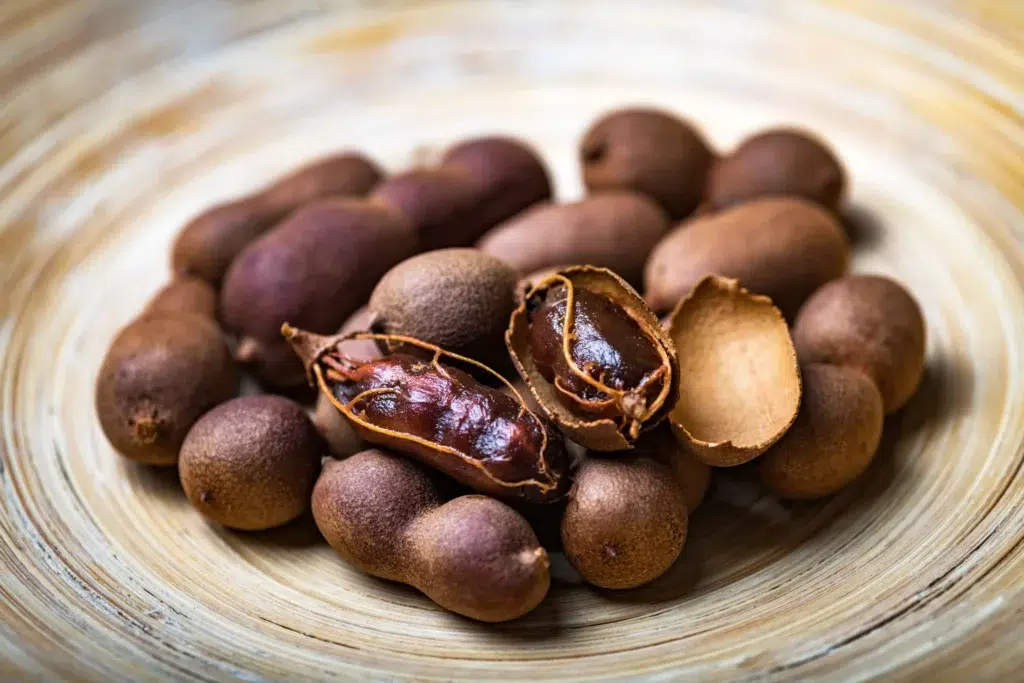The Tamarind (Tamarindus indica L.) is a leguminous plant mostly found in tropical Africa, particularly in Sudan. It was introduced to India and Mexico from Africa and grows freely in the wild, though they are also cultivated in these areas. Its popular names include Tamarind, Tamarindo, and Sampalok. Why do a lot of people love eating tamarind? The reason is pretty obvious – tamarind is sumptuous, beneficial to health and highly affordable.
Season and where it is cultivated
This plant grows favorably in Africa (mostly in Sudan, Nigeria and Cameroon), India, Oman, Northern Australia, some parts of America like Mexico and other places. The plant prospers mostly in dry seasons. It grows better when the seeds are soaked in warm water overnight before they are planted. It tolerates various soil types such as rocky sandy soils and deep fertile soils and grows up to 100 feet, with a lifespan of over 200years.
Health benefits and nutritional information
Tamarind is beneficial to health in various ways. It contains a high level of vitamin C, B, E, and manganese, phosphorus, calcium, potassium, iron, and dietary fiber. Besides, it has other organic compounds, which make it a good anti-inflammatory agent as well as antioxidant, with the capacity to protect your body against free radicals and heavy metals.
Medicinal use of tamarind
Apart from the edible pods, the tamarind has parts that are utilized for their usefulness to health. From Nigeria to Sudan, Tanzania, India, Mexico, Australia, to Oman, the tamarind is used for its medicinal values. It serves in improving digestion, weight loss, management of diabetes, improving heart function, improving nerve functions, boosting immunity, as well as in managing inflammation.
Products from Tamarind
Spices which come in form of pulp and juice concentrates can be derived from tamarind and mainly used for preparing cool drinks, seafood and other dishes. They are also a source of many other products such as acid floors used in the food industry. Moreover, it can be made into tamarind sauce (which is gluten-free), tamarind dipping sauce, candy, gelatin, and tamarind chutney.
Culinary use of Tamarind
Tamarind is employed by different cultures across the world. In India, for instance, it is used in preparing dipping sauce including other cuisines as well as special vegetarian meals. In Africa and some other parts, it can be used as a diet for weight loss or sprinkled with salt and pepper for the management of early morning sickness in pregnancy.

